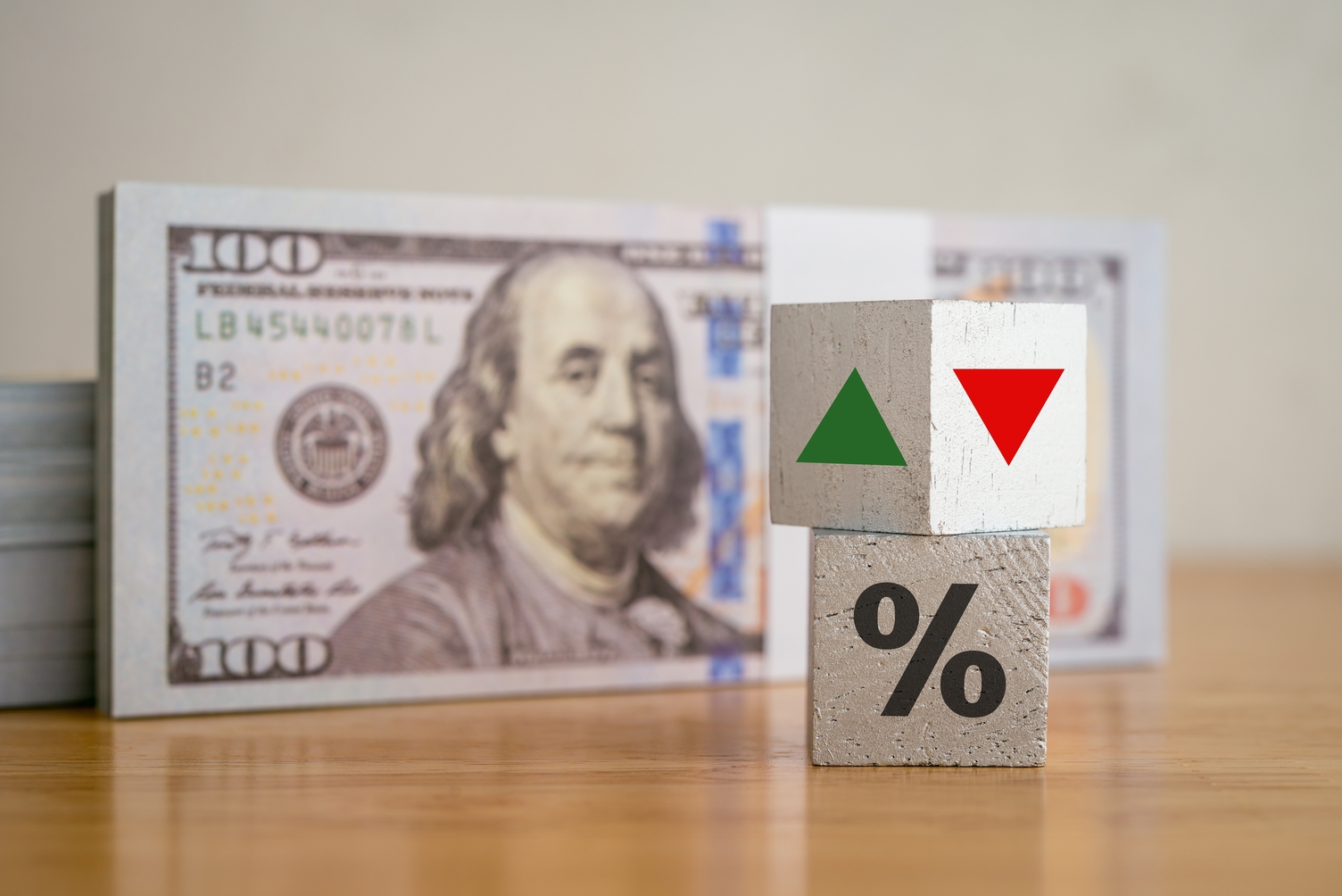The Federal Reserve is expected to announce its first interest rate cut in years, bringing some relief to Americans burdened by rising living costs and sky-high borrowing rates. However, experts caution that this rate cut, while a positive step, won’t provide immediate relief. Let’s explore what this means for consumers and various financial products.
Interest Rate Cuts: A Sign of Progress
Economists are optimistic about the upcoming rate cut, particularly after recent signs of cooling inflation. Brett House, an economics professor at Columbia Business School, stated, “Consumers should feel good about [an interest rate reduction], but it’s not going to deliver sizable immediate relief.” While inflation has been a persistent issue since the pandemic, the Federal Reserve’s previous interest rate hikes have slowed inflation from a high of 9% in 2022 to 2.5% today.
The Gradual Impact on Borrowing Costs
The expected quarter-point cut, though welcome, will not immediately impact household borrowing costs. Greg McBride, the chief financial analyst at Bankrate.com, explained, “What borrowers can be optimistic about is that we will see a series of rate cuts that cumulatively will have a meaningful impact on borrowing costs, but it will take time.” The Federal Reserve’s actions could lower rates from 5.25% to 5.50%, with a gradual drop below 4% by 2025.
Credit Cards: High Rates May Persist
Credit card rates have soared, reaching over 20% due to the Fed’s previous rate hikes. While the upcoming rate cut could ease this burden, McBride warned, “The Fed has to do a lot of rate cutting just to get to 19%, and that’s still significantly higher than where we were just three years ago.” Consumers carrying high-interest credit card debt are advised to transfer their balance to 0% cards and aggressively pay off their debt, as rate cuts won’t offer fast relief.
Mortgage and Auto Loans: Modest Changes Ahead
Mortgage rates, particularly for 15- and 30-year fixed-rate loans, have slightly declined recently. As of September 11, rates for a 30-year fixed-rate mortgage hovered around 6.3%, down from earlier in the year. However, Jacob Channel, a senior economist at LendingTree, cautioned that this rate cut won’t dramatically ease housing affordability. “It’s not going to make buying a house or paying off debt orders of magnitude easier,” he said.
Auto loan rates are also expected to see a modest reduction. The average five-year new car loan rate is around 7.7%, but McBride pointed out that a quarter-point cut only translates to a minimal saving of $4 a month on a $35,000 car loan. Improving your credit score would yield better results in securing favorable terms.
Student Loans and Savings Rates
The rate cut will not have an immediate effect on those with federal student loans, as these rates are fixed. However, private student loans with variable rates may see some relief, and refinancing could become more attractive as rates decrease. A higher education expert, Mark Kantrowitz, warned that refinancing federal loans into private loans may lead to losing valuable borrower protections.
Savings rates, which have soared in response to the Fed’s previous rate hikes, may begin to drop as rate cuts take effect. However, McBride reassures savers: “You are still earning a return ahead of inflation, as long as you have your money in the right place.”
While the Federal Reserve’s upcoming rate cut is a positive sign for consumers, experts agree it won’t immediately relieve household finances. Over time, additional cuts could reduce the burden of high borrowing costs, but for now, consumers should temper their expectations. For those looking to benefit from these cuts, taking proactive steps like refinancing and improving credit scores will be key to navigating the evolving financial landscape.







